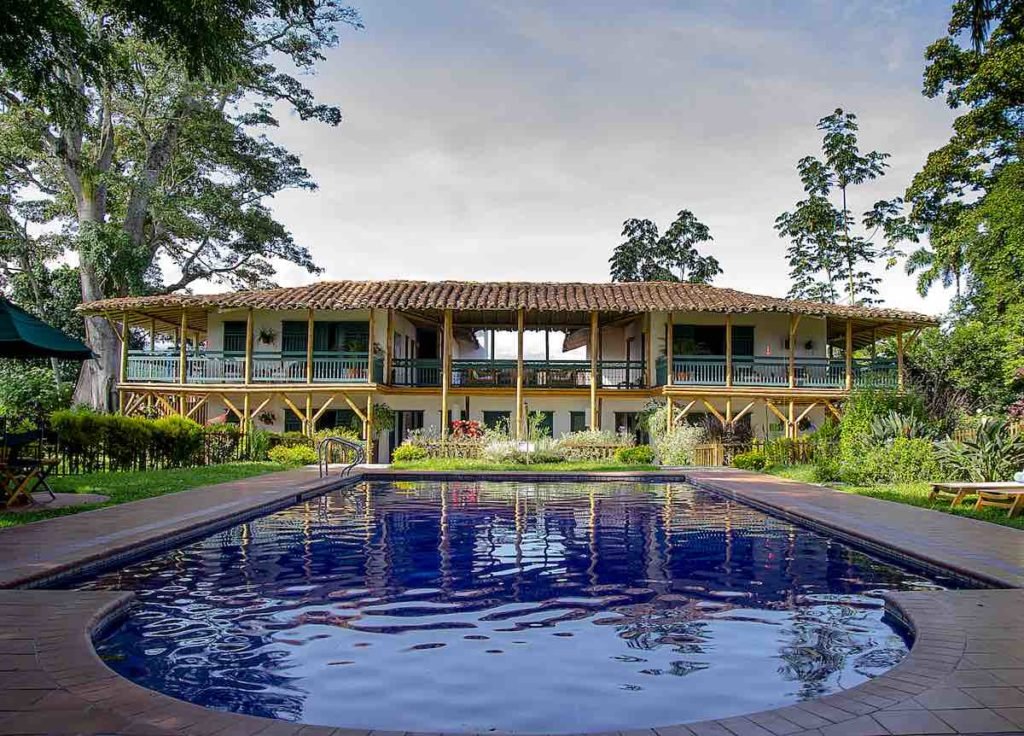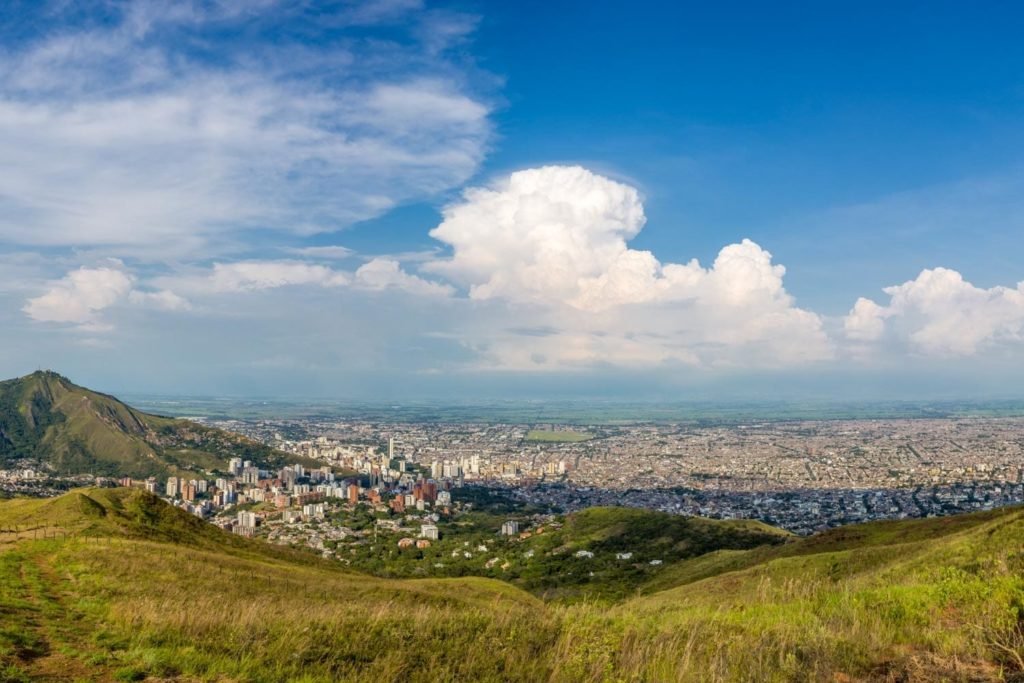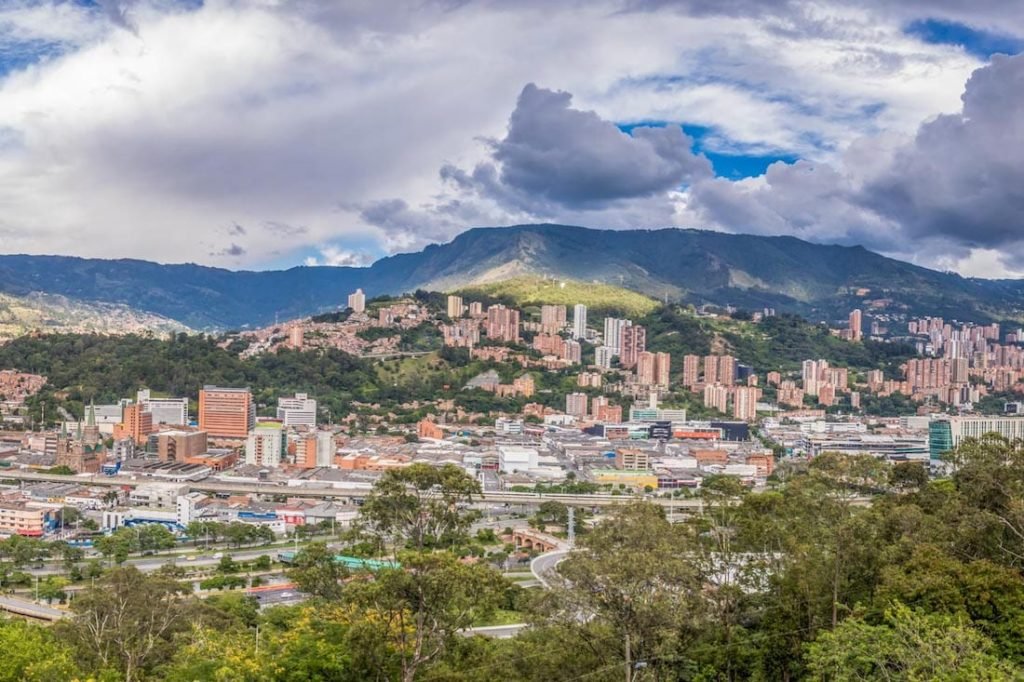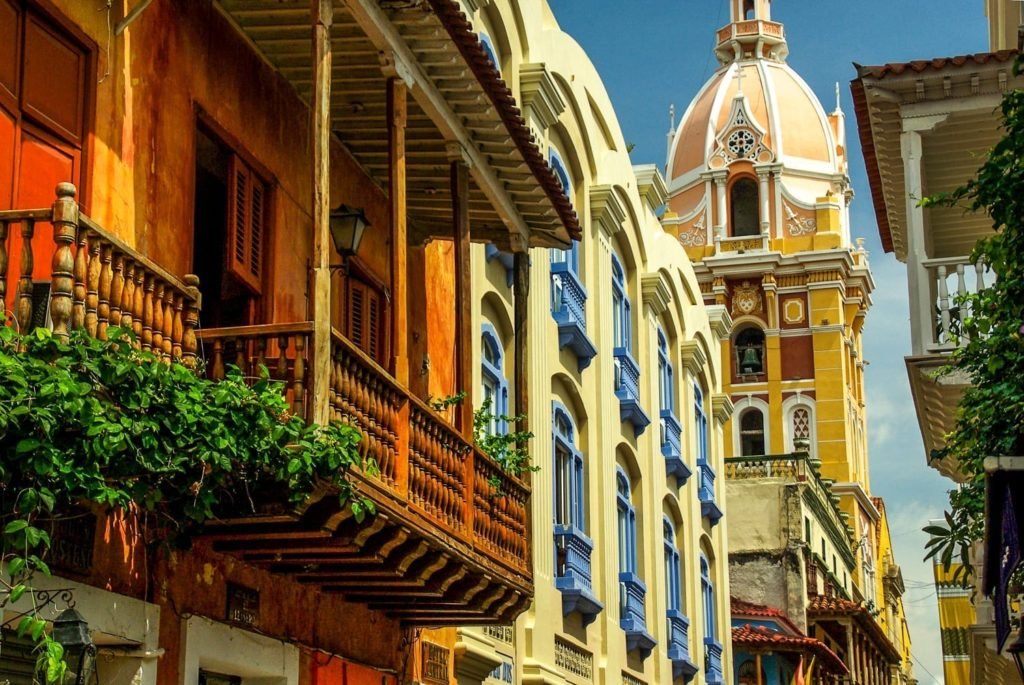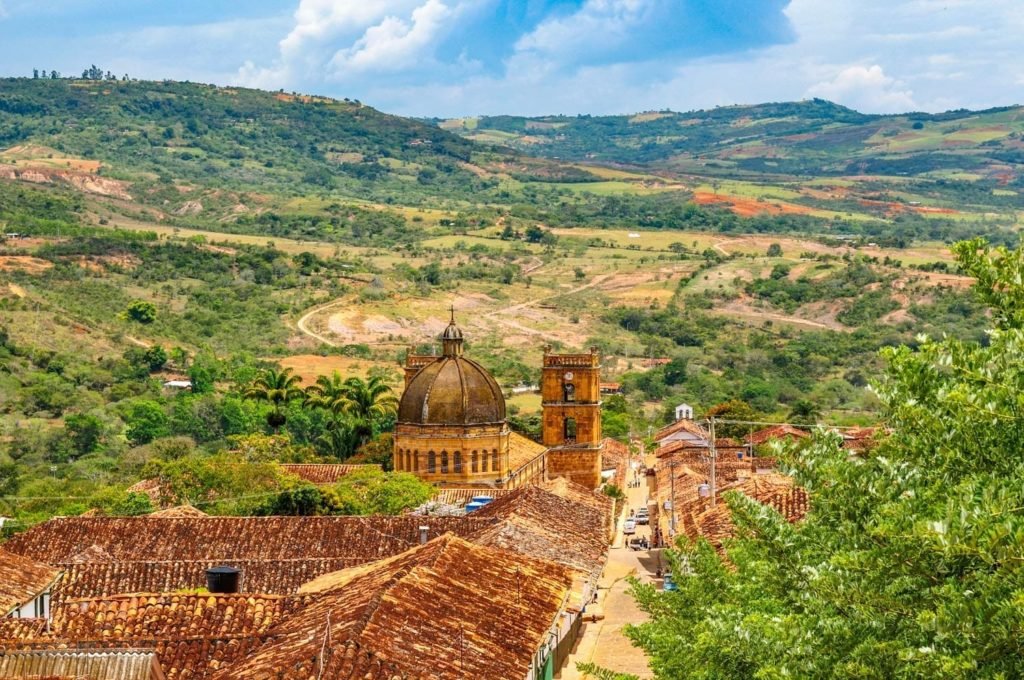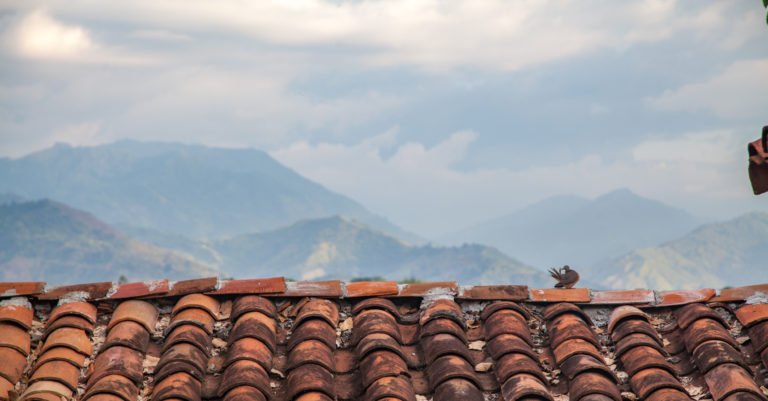The Coffee Triangle
Colombia has long cultivated a reputation for excellent coffee. Jesuits planted the first seeds in the 1730s, and within 100 years, exports had begun. Today, more than half a million Colombian families produce coffee enjoyed throughout North America, Europe, and Japan. In honor of Colombia’s tradition of small-plot, mountainside farming, UNESCO recognized the country’s Coffee Cultural Landscape as a World Heritage site in 2011.
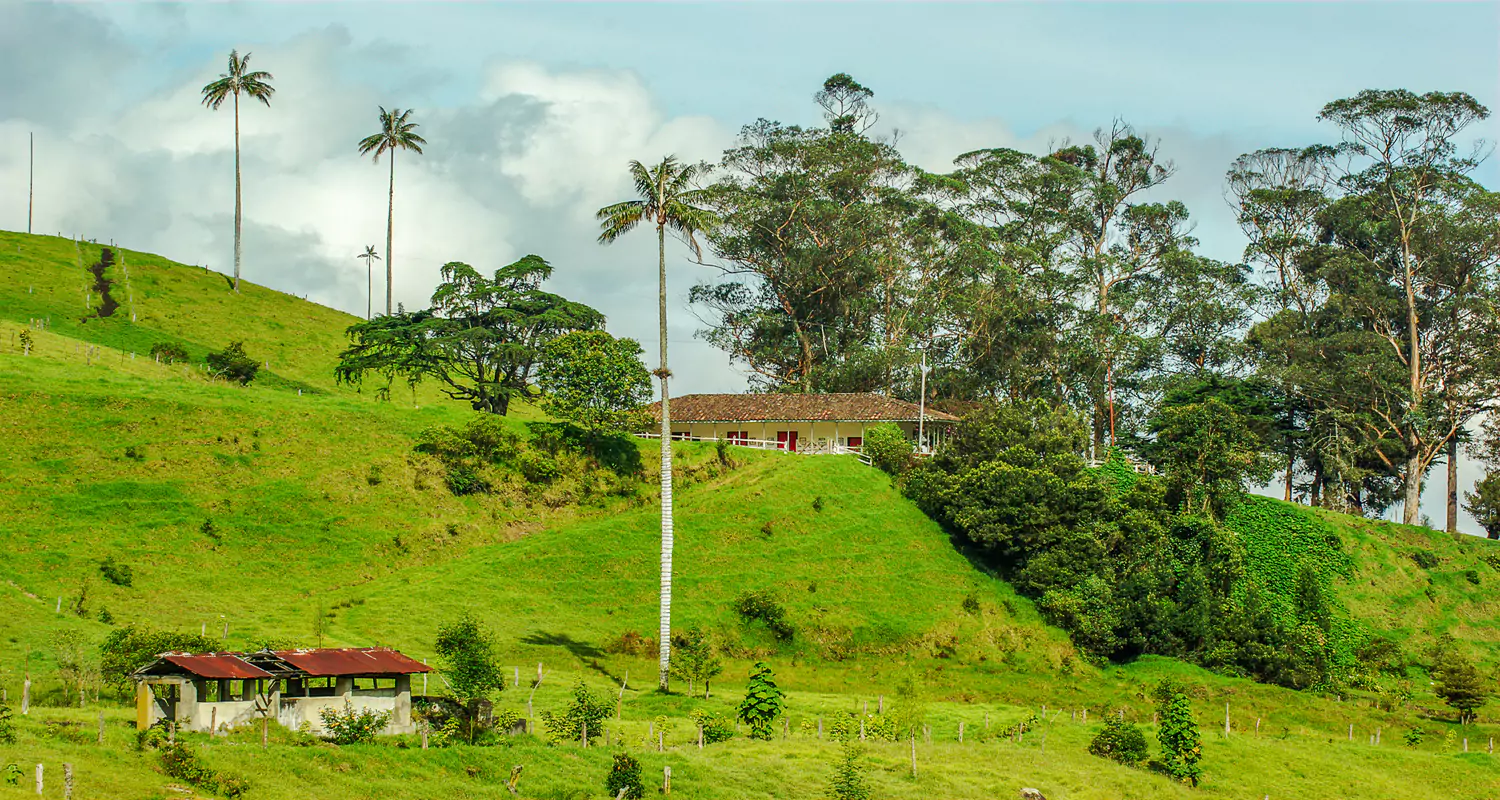
Much of the country’s finest coffee is grown in the heartland departments of Caldas, Risaralda, and Quindío—a triangular Zona Cafetera nestled between Medellín, Bogotá, and Cali. In this bright emerald landscape, rolling hills and mountainsides are lined with countless rows of low coffee trees, a large portion of which are maintained by small-scale growers. This region’s rich volcanic soil, altitude, temperate climate, and abundant water combine to impart a distinctive taste—rich flavor, bright acidity, and intense aroma. Ripe coffee cherries are hand-picked, cleaned, sun-dried, and graded before being roasted or bagged for export by cooperatives. While the principal variety is Arabica, multiple heirloom varietals are gaining ground.
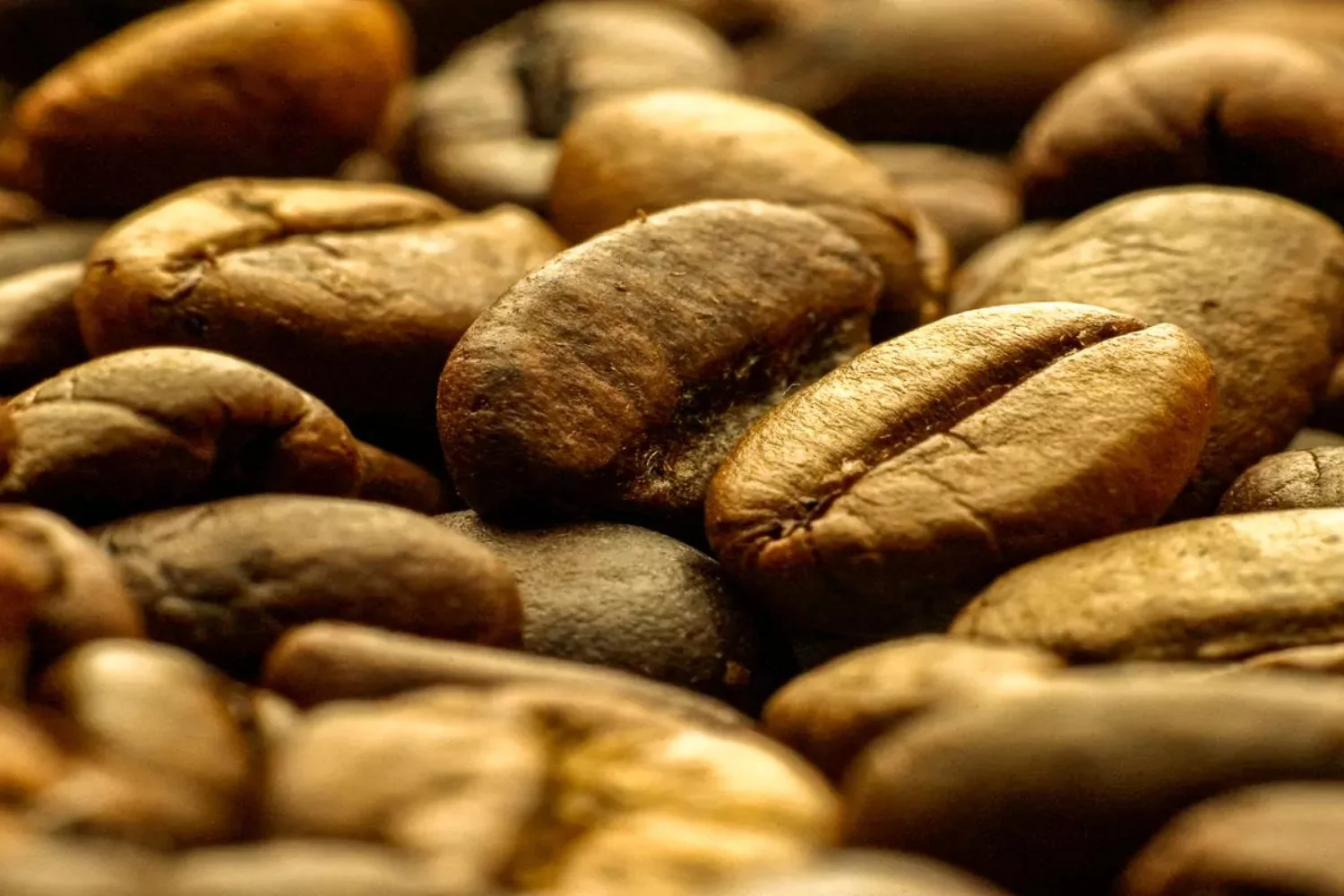
Armenia
The hilly city of Armenia marks the southern limit of the Coffee Triangle. Although the city’s historic center was damaged by a 1999 earthquake, Armenia is still an excellent starting point for visits to this region. Nearby, travelers find comfortable country retreats, cocoa and plantain groves, waterfalls, and charming villages. Armenia is also the home of one of the continent’s best pre-Columbian gold museums.
One of the most popular day trips in the Armenia area is to the verdant Valle del Cocora, 15 miles northeast of the city. Cocora is famous for its picturesque farms, mountain vistas, and stands of elegant wax palms (Ceroxylon quindiuense)—Colombia’s national tree. These rare, slow-growth palms (which look like creations of Dr. Seuss) can reach heights of 150 feet, providing shelter and food for yellow-eared parrots.
Cocora lies within Los Nevados National Park, which protects 224 square miles of mountain, lake, and forest habitat in the Cordillera Central. Access to the area around Nevado del Ruiz is monitored constantly for volcanic activity, with access varying accordingly.
Pereira & Manizales
Further north, Pereira serves as the region’s commercial hub and nightlife capital. Manizales—known for its cultural life, theaters, and January fair—anchors the northern edge of the triangle. In late September and early October, its annual theater and jazz festivals draw devotees from across Latin America. Each January, Manizales holds a bustling city fair, punctuated by a beauty pageant, bullfights, and parades.
What to do in Colombia's Coffee Country
In Colombia’s Coffee Country, LANDED arranges privately guided experiences that showcase the region’s landscapes, traditions, and outdoor adventures.
Whatever your interests, we’ll make the introductions. LANDED can assist arranging the following among other signature experiences:
- Raft on nearby rivers with experienced local guides
- Hike among towering wax palms in Cocora National Park
- Visit rural villages known for their charm and craftsmanship
- Enjoy a sunrise hot air balloon flight over the countryside
- Tour cacao, plantain, and tangerine fields with local producers
- Learn the bean-to-bar process at working cacao plantations
- Soar above the treetops on a zip lining excursion
- Explore scenic trails on a mountain biking adventure
- Ride horseback through coffee-covered hillsides
- Join expert-led wildlife tours in forest and highland habitats
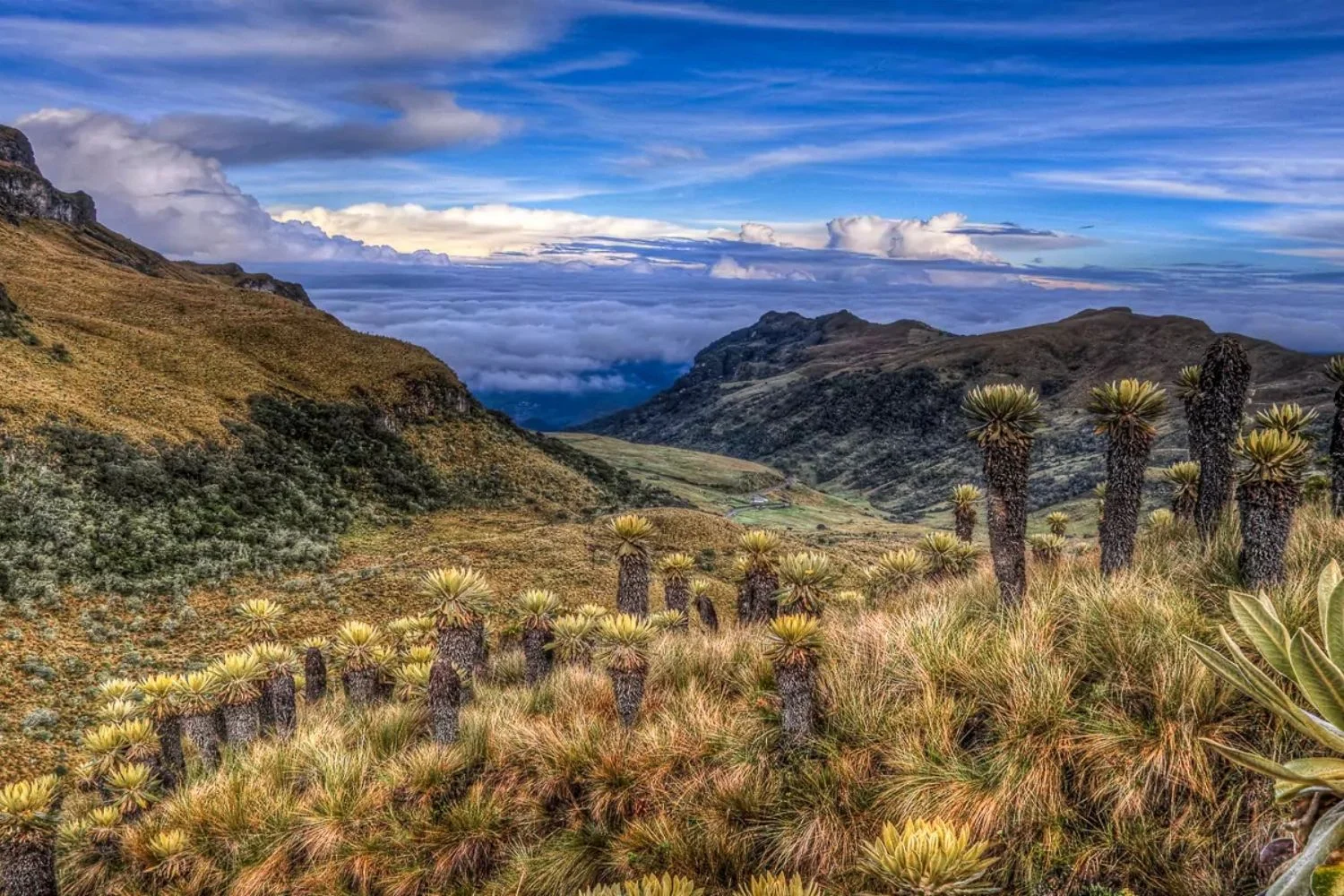
What is the Weather Like?
The Coffee Triangle enjoys a spring-like climate year-round. Daytime highs rarely exceed 72ºF, while nighttime lows hover near 50ºF. Sunny skies are common, although average monthly precipitation in April, May, October, and November can exceed six inches.
These averages are changing. Please check extended weather forecasts using your favorite weather app prior to departure.
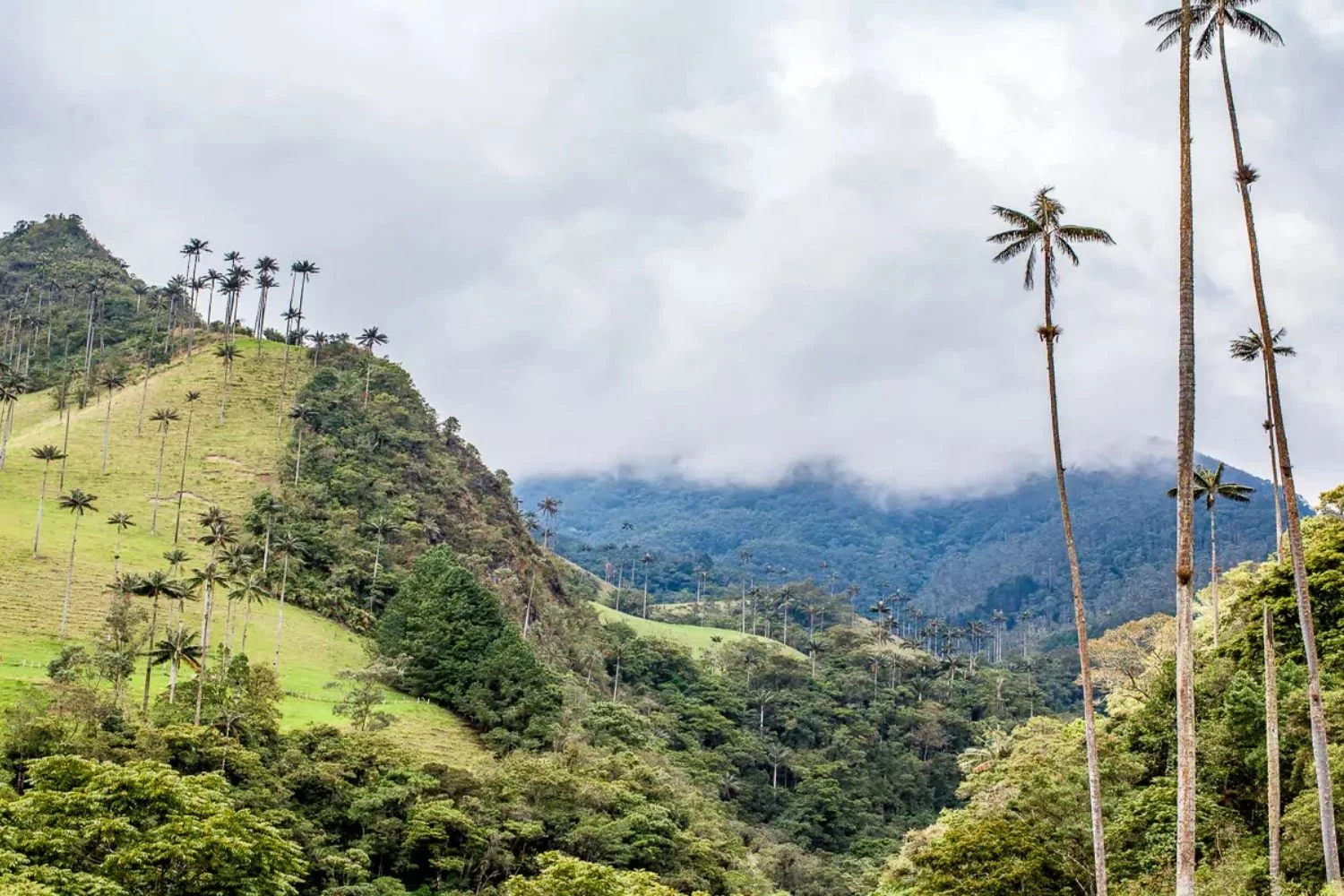
Getting There
Regional airports in Armenia, Pereira, and Manizales serve Colombia’s Coffee Triangle. Daily flights connect the region with Bogota, Medellin, and Cartagena. Armenia lies approximately 190 miles west of Bogotá—a drive of roughly six hours.
Start your journey today
LANDED delivers the finest in custom, private travel to Central America, South America, and Antarctica. These regions are our passion; we know them first-hand and by heart. Speak with one of our travel designers and let us create a tailored itinerary for you in Colombia’s Coffee Region.
How to combine Colombia's Coffee Region
Have some extra time? Here are some options for you to combine with.


